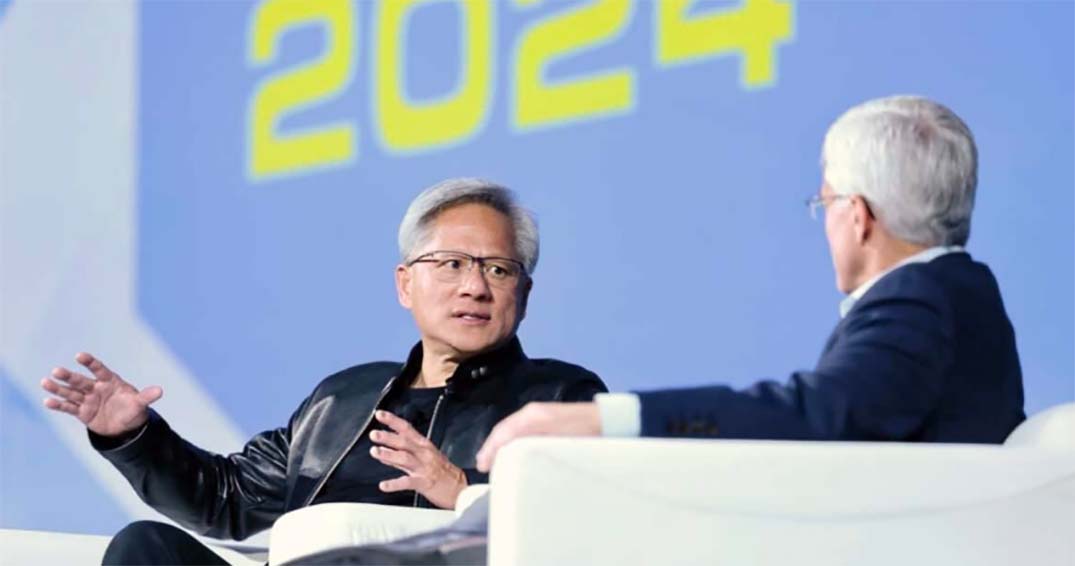The electric grid and the utilities managing it have an important role to play in the next industrial revolution that’s being driven by AI and accelerated computing.
This is the word from Nvidia founder and CEO Jensen Huang, speaking at the annual meeting of the Edison Electric Institute (EEI), an association of US and international utilities.
“The future of digital intelligence is quite bright, and so the future of the energy sector is bright, too,” says Huang.
Like other companies, utilities will apply AI to increase employee productivity, but “the greatest impact and return is in applying AI in the delivery of energy over the grid,” says Huang, in conversation with Pedro Pizarro, the chair of EEI and president and CEO of Edison International.
For example, Huang describes how grids will use AI-powered smart meters to let customers sell their excess electricity to neighbours.
“You will connect resources and users, just like Google, so your power grid becomes a smart network with a digital layer like an app store for energy,” he says.
“My sense is, like previous industrial revolutions, [AI] will drive productivity to levels that we’ve never seen.”
Today, electric grids are mainly one-way systems that link a few big power plants to many users. They’ll increasingly become two-way, flexible and distributed networks with solar and wind farms connecting homes and buildings that sport solar panels, batteries and electric vehicle chargers.
It’s a big job that requires autonomous control systems that process and analyze in real time a massive amount of data — work well suited to AI and accelerated computing.
AI is being applied to use cases across electric grids, with to a wide ecosystem of companies using Nvidia’s technologies.

